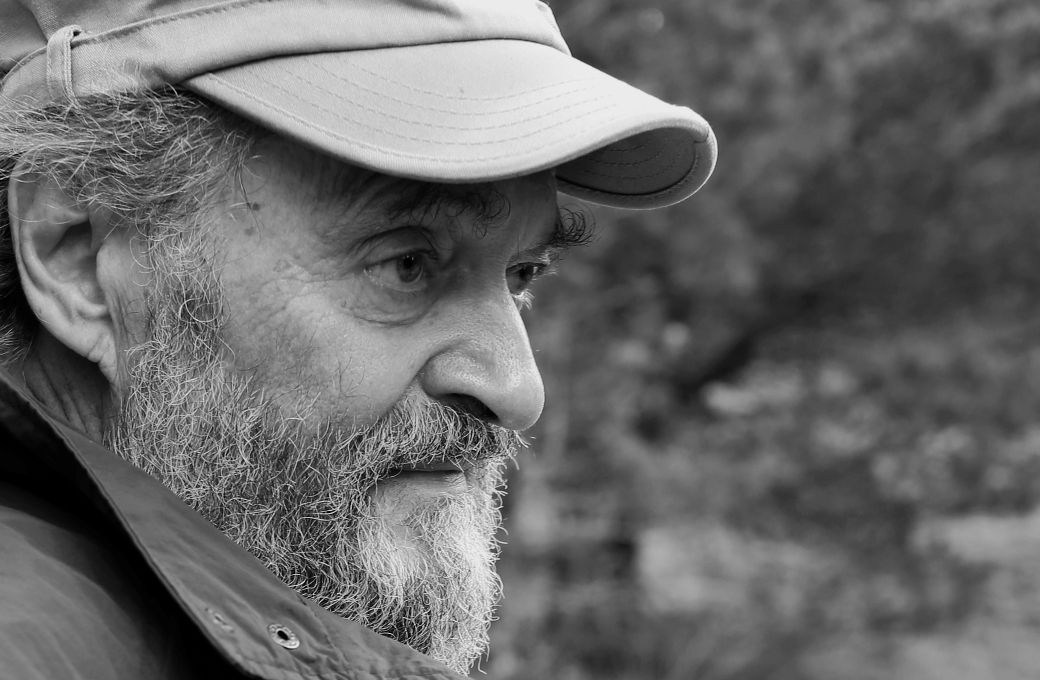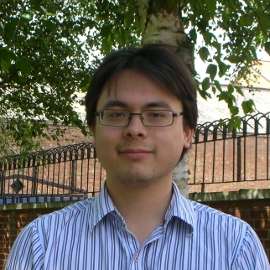Few post-Baroque Passion settings have had anything like the impact of Bach’s masterpieces the St. Matthew and St. John Passions. Apart from Stainer, whose Passion oratorio The Crucifixion of 1887 continues to be performed today, few nineteenth-century composers even attempted to set the Passion narrative to music. The later twentieth and twenty-first centuries have seen a renewal of interest in the genre, with notable settings by Krzysztof Penderecki (St. Luke), James MacMillan (St. John), Osvaldo Golijov (St. Mark) and Tan Dun (St. Matthew). Arvo Pärt’s Passio Domini Nostri Jesu Christi secundum Joannem of 1982 is perhaps one of the best-known, and ranks as one of the greatest late-twentieth-century choral works.

As in earlier musical settings of the Passion narratives, in Passio Pärt uses the choir (with and without organ) to represent the crowd, or ‘turba’, along with Peter and other minor characters. A bass soloist sings the words of Jesus, and a tenor those of Pilate; both are accompanied by the organ. Unusually, Pärt gives the Evangelist’s, or narrator’s, words to a double quartet of solo singers (soprano, alto, tenor, bass) and instruments (violin, oboe, cello, bassoon).
The work begins with a short, striking choral introduction, or Exordio, which announces the Passion gospel and also establishes the A minor tonality upon which the entire piece is based. There follows a straightforward setting of the Latin Passion narrative from John’s gospel with nothing added or omitted. Pärt’s setting ends immediately after the death of Christ, unlike many which continue to the burial. The work ends with a Conclusio, given like the opening Exordio by organ and choir, only now in the key of D major, thus giving a resplendent feel to the final words and concluding Amen.
The intervening music, written in the composer’s famous ‘tintinnabuli’ style, is characterised by a sense of objectivity allied to rigorous organisation of the musical material. Each constituent – Jesus, Pilate, the choir, the Evangelist double quartet – adheres strictly to its own musical material, with a distinctive harmonic and rhythmic character. This lends the work a feeling of inevitability and, in a sense, ‘uneventfulness’ similar to the chanted liturgical recitation of the Passion gospel.
Despite its tight musical construction, the work has a powerfully direct impact. Pärt shares with Stravinsky and several other composers an aversion to overtly imposing his own emotional or spiritual agenda on the listener: instead his sole concern is to present the text objectively and allow it to speak for itself.


